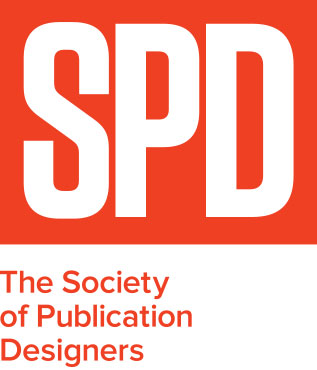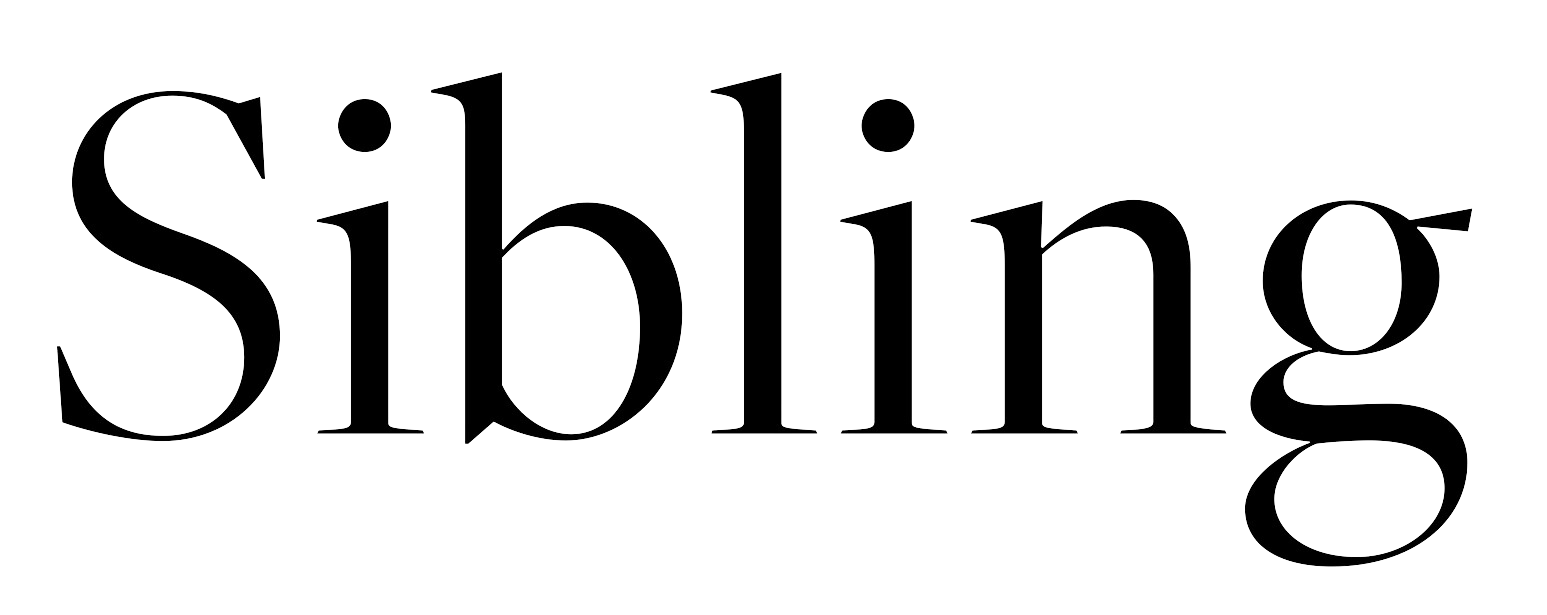Episode 38: Edel Rodriguez (Illustrator: Time, Mother Jones, Der Spiegel, more)
/The images are iconic. And you know who they depict. They may be the most unforgettable magazine covers to emerge from the chaos of the late 2010s. Why are they so effective? Because of the implicit understanding of what’s being said between artist and audience—without a word being spoken. Using just three basic colors, today’s guest has created the brand identity of resistance.
Edel Rodriguez was born in Cuba, and though he left that island nation when he was quite young, arriving in the US during the Mariel boatlift, one can’t help sensing an aesthetic that might be especially Cuban, or can be called, perhaps, “authoritarian-adjacent.” Because when the US flirted with—as it will again this year—a presidential candidate rotten with autocratic tendencies, Rodriguez’s imagery is the perfect match for the moment.
His red, yellow, and orange covers for Time, Mother Jones, and Der Spiegel—25 in all—were minimalist, dangerous, and dead-on-balls accurate. And he joins us today fresh off the premiere of his stunning graphic memoir, Worm: A Cuban American Odyssey.
Of his notorious subject, Rodriguez saw the famously orange skin tone as a “warning sign,” he told Fast Company, and the simple style he employed resonated because it broke through the noise in the most effective way imaginable. Coming from Cuba, Rodriguez feels a duty to express, through his art, the potential outcomes of the choices we have made—and might make yet again. As he told The Guardian, “I don’t think most Americans realize what a coup is.”
Of course, Rodriguez is more than just this one subject. But he’d be the first one to admit that he is political, and he makes no pretense of hiding his politics. As for his fans, they tell the artist that his work helps them crystallize their own thoughts and animates their feelings in ways they struggle to express on their own. A picture is worth a thousand words, indeed.












